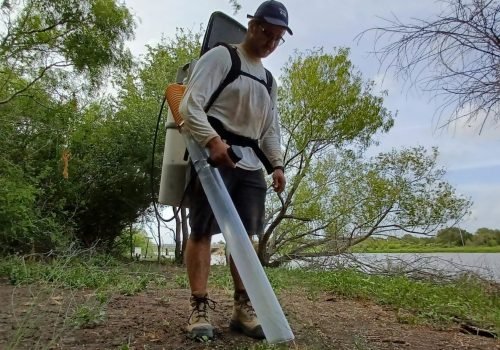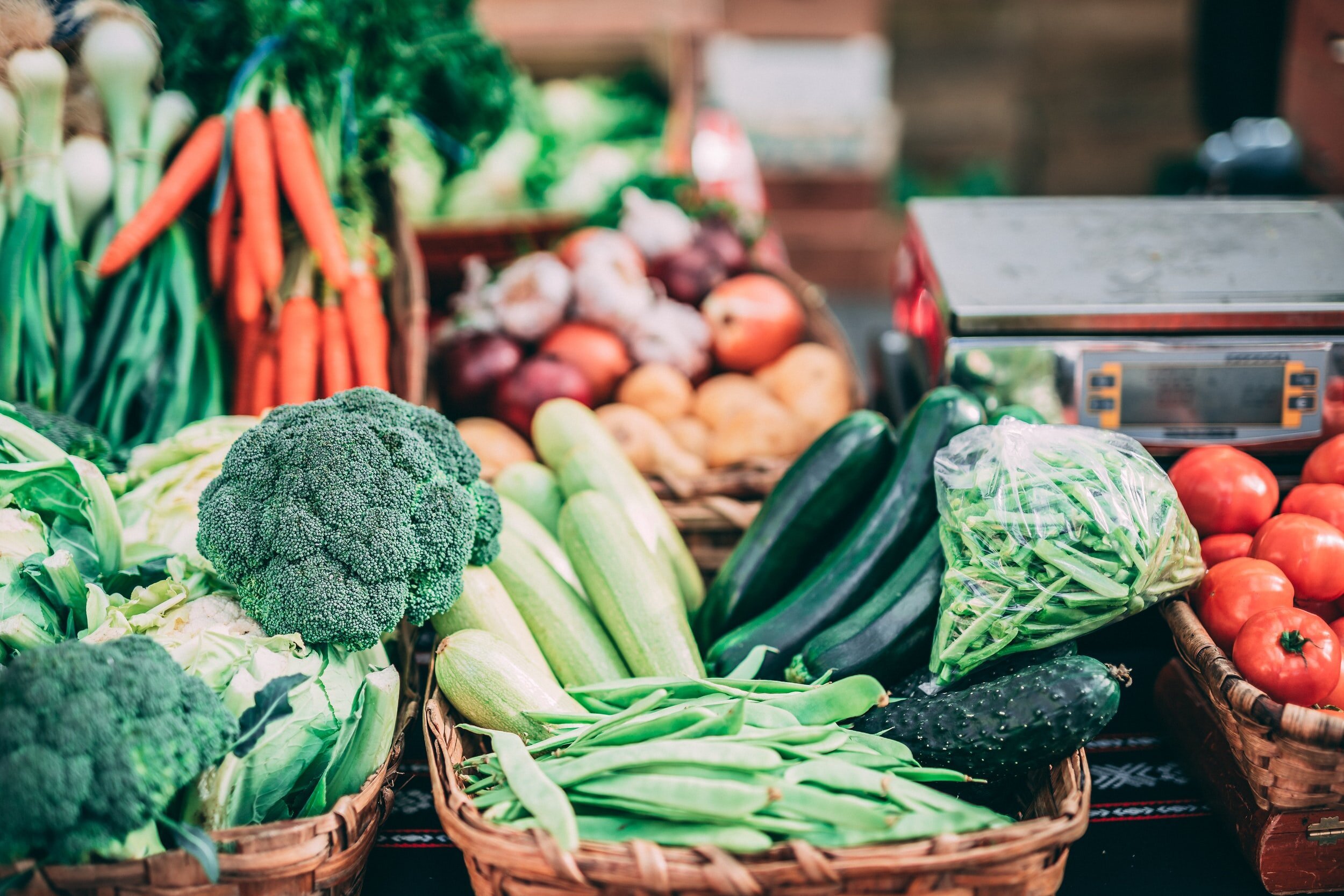What are Wetlands and why do we care?
February 2 is World Wetlands Day. Find out why we love our wetlands and what we can do to protect these unique ecosystems!
Wetlands are important and often overlooked features in our landscape. They are, by definition, land that is saturated in water seasonally or year-round. Wetlands can be fresh or salt water and go by a variety of other names, such as salt marshes, peatlands, bogs, and fens.
These ecosystems are found throughout the world; however, they are particularly prevalent in Canadian landscapes. In fact, wetlands cover approximately 16% of Canada’s landmass. They are some of the most productive ecosystems, similar to coral reefs and rainforests. Producing immense amounts of food and resources, wetlands are one of the most important ecosystems on our planet.
Why Do We Care About Wetlands?
Wetlands serve several important purposes for our environment and society. First, wetlands are biodiversity hotspots. Hundreds of species call each wetland home, from mammals to fish to amphibians to birds. They act as important stopover sites for migratory animals and provide safe places for animals to raise their young.
Second, wetlands act as a “filtration system” for water and pollutants. Luscious vegetation helps capture and filter out harmful bacteria and viruses. In addition, the plants absorb excess nitrogen and phosphorus, which cause harmful algae blooms in local rivers and lakes. The soil also helps purify water by sequestering heavy metals found in the water.
These unique ecosystems are vital as a carbon sink, as they absorb decomposing matter and store that extra carbon in the soil. Unfortunately, carbon is released when the wetlands are drained for agriculture or for harvesting the resources within the wetland.
Not only that, but wetlands are an important part of our climate plan outside of biodiversity and carbon sequestration. Wetlands offer substantial protection against storms, drought, and floods – all of which are going to occur more frequently as the climate crisis progresses. Protection stems from the wetland’s ability to absorb excess water, release water during times of drought, mitigate storm strength, and prevent erosion.
Despite all of these important functions, we have lost between 33%-50% of our wetlands globally in the last 50 years.
The Biggest Threats to Wetlands
Even though protections for wetlands have increased over the last couple of decades, there are still several threats that pose significant problems:
Increased pollution, as wetlands are often viewed as “dumping grounds” for cities, construction, and agriculture.
Even though these ecosystems can handle high water levels, too much water can damage wetland plants and animals. Rising sea levels from climate change are a major concern.
Habitat fragmentation from increased development of these areas for construction (housing, roads, oil pipelines, etc.) or agriculture.
Invasive species push out native species, causing extinction and disrupting the habitat.
Wetlands contain several varieties of nutritious grasses. These areas are prized by farmers but are prone to being over-grazed by farm animals.
What Can You Do To Protect Wetlands?
Despite the somewhat bleak outlook, there are several things you can do to protect wetlands worldwide:
Work with your local municipalities to ensure wetlands are protected.
Reduce or eliminate the pesticides and fertilizers you use on your property.
Talk to friends and neighbours about wetland protection in your region.
Donate time or money to causes that protect our ecosystems and waterways, such as A Greener Future.
We have the power to band together, effect systemic change, and protect our ecosystems and waterways.





















Blog Coordinator